The Sky of August 2025: Planetary Conjunctions and Phenomena Not to Miss
August 2025 is shaping up to be an exceptional month for astronomy enthusiasts, with a series of captivating celestial phenomena. Whether you're an experienced observer or a curious beginner, the night sky holds spectacles not to be missed. Here is a detailed guide to help you plan your observations during the second week of August.
Saturn–Neptune conjunction of August 6
On August 6, Saturn and Neptune will be in conjunction, approaching within just 1.1 degrees of each other. This rare phenomenon is the second close approach of these two planets in 2025. Although Neptune is generally difficult to observe due to its faintness, its apparent proximity to Saturn will make it easier to spot. To make the most of this conjunction, use a telescope equipped with a wide-field eyepiece, allowing you to fit both planets in the same field of view. Look for them in the Pisces constellation, toward the southeast, shortly after sunset.
Titan's Shadow Transits on Saturn
Titan, Saturn's largest moon, casts its shadow on the planet during transits observable from Earth. In August 2025, two of these transits are particularly notable: August 3 and August 19. To observe these events, a telescope of at least 150 mm in diameter is recommended. Point your instrument toward Saturn on the indicated dates, paying attention to the precise transit timings, usually available on specialized ephemerides. These observations offer a unique opportunity to perceive the dynamics of the Saturnian system.
Jupiter–Venus Conjunction of August 11–12
On August 11 and 12, Jupiter and Venus, the two brightest planets in the night sky, will come closer to about 1 degree apart. This spectacle will be visible at dawn, toward the east. To observe them, rise about an hour before sunrise and seek a clear horizon. The two bodies will be so close that they can be seen together with the naked eye, providing an impressive scene. Additionally, a slender Moon will complete this celestial tableau on August 19 and 20, adding to the beauty of dawn.
Perseids and other meteor showers
The Perseids meteor shower peaks on the night of August 12–13. However, this year, a 84% illuminated gibbous Moon is likely to hinder observing the faint meteors. To maximize your chances, favor hours before Moonrise or the nights preceding the peak, when meteor activity is already significant. Settle into a dark location, far from artificial lights, and allow your eyes to adapt to the dark for at least 20 minutes. Beyond the Perseids, the Southern Delta Aquariids and the Alpha Capricornids remain active until August 12, offering additional opportunities to observe shooting stars.
General Observing Tips
- Choose an appropriate observing site : Get away from urban areas to avoid light pollution.
- Check the weather conditions : Clear skies are essential for successful observing.
- Use astronomy applications : They can help you locate celestial objects and plan your observing sessions.
- Be patient and attentive : Some phenomena take time to be fully appreciated.
All in all, the second week of August 2025 offers a multitude of celestial spectacles not to be missed. Whether you are equipped with a telescope or simply your eyes, the night sky invites you to look up and marvel. Don't forget to always check weather conditions before planning your observations.
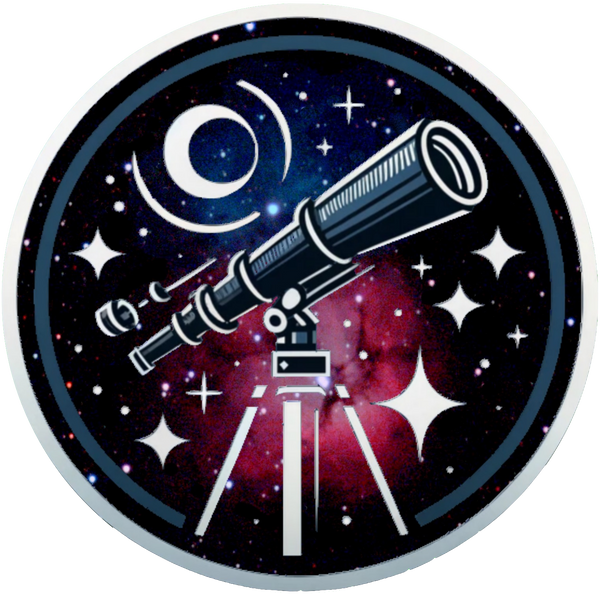
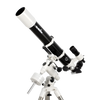 All
All
 Dobson
Dobson
 Refractors
Refractors
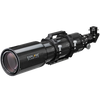 Ed & Apochromates
Ed & Apochromates
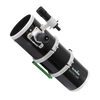 Newtonian reflector
Newtonian reflector
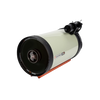 Schmidt Cassegrain
Schmidt Cassegrain
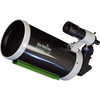 Maksutov-Cassegrain
Maksutov-Cassegrain
 Solar
Solar
 Researcher
Researcher
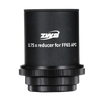 Focal reducer
Focal reducer
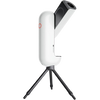 Intelligent
Intelligent
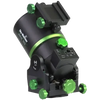 All
All
 Equatorial
Equatorial
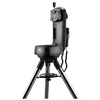 Alt/Az
Alt/Az
 Harmonic
Harmonic
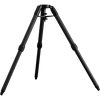 Tripods
Tripods
 Accessories
Accessories
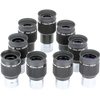 All
All
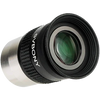 Wide angle
Wide angle
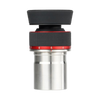 Zoom eyepieces
Zoom eyepieces
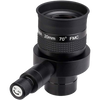 Reticulated eyepieces
Reticulated eyepieces
 Barlow
Barlow
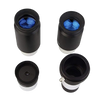 Plössl
Plössl
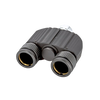 Binoculars
Binoculars
 Atmospheric Corrector
Atmospheric Corrector
 All
All
 Visual
Visual
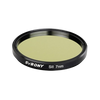 Photo
Photo
 Polarisants
Polarisants
 Solar Filters
Solar Filters
 Accessories
Accessories
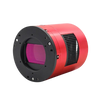 All
All
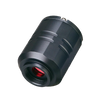 Color Cameras
Color Cameras
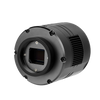 Monochrome Cameras
Monochrome Cameras
 Planetary/Guiding
Planetary/Guiding
 Objectives
Objectives
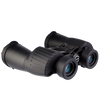 All
All
 Binoculars
Binoculars
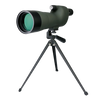 Spotting Scope and Monocular
Spotting Scope and Monocular
 Elbows
Elbows
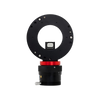 Optical Divider
Optical Divider
 Mirrors
Mirrors
 All
All
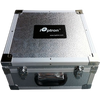 Bags and protections
Bags and protections
 Supports and counterweights,
Supports and counterweights,
 Camera adapters
Camera adapters
 Focuser
Focuser
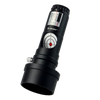 Collimation
Collimation
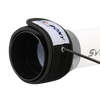 Heating band
Heating band
 Cables
Cables
 Collars
Collars
 Computers
Computers
 Fans
Fans
 Others
Others
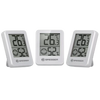 All
All
 Weather Station
Weather Station
 Thermometer
Thermometer
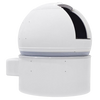 All
All
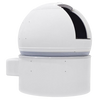 Observatory/Domes
Observatory/Domes
 Accessories
Accessories
 ZWO
ZWO
 Explore Scientific
Explore Scientific
 Optolong
Optolong
 GSO
GSO
 Vixen
Vixen
 Bresser
Bresser
 Celestron
Celestron
 Baader
Baader
 Askar
Askar